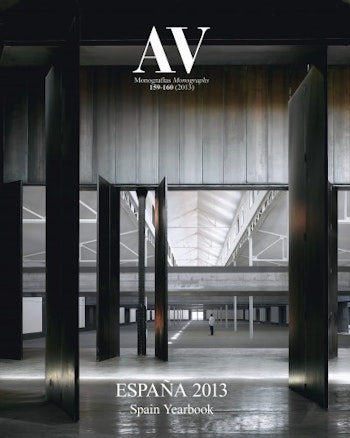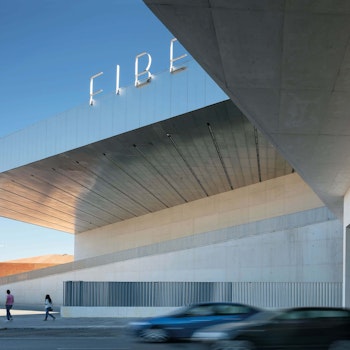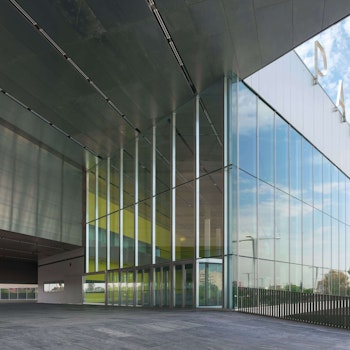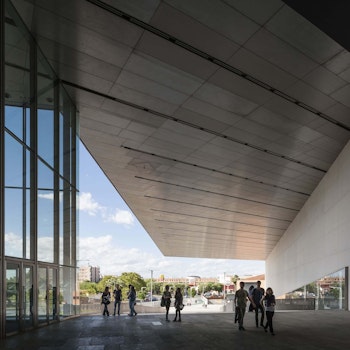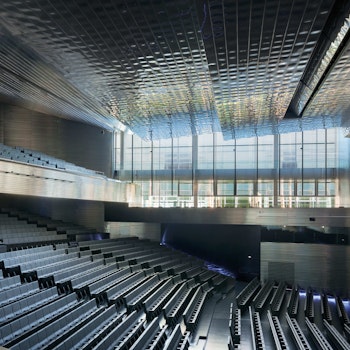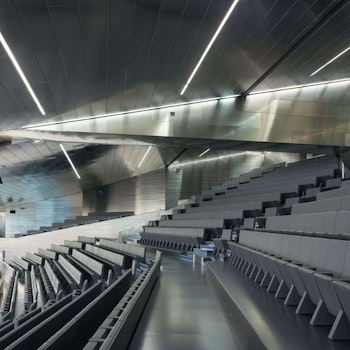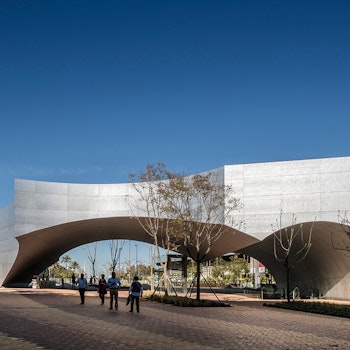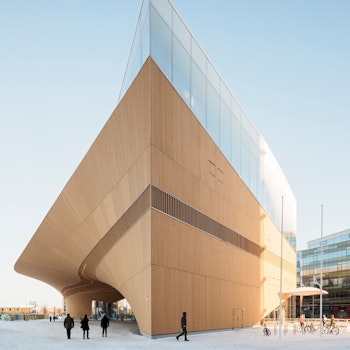ARCHITECT
GUILLERMO VÁZQUEZ CONSUEGRA
PUBLICATIONS AV Monografías, TC Cuadernos
One of the key issues in our proposal is to ensure an acceptable relationship between the new Congress Centre and the Exhibition Hall. We propose a new independent construction that will also be perceived as an episode linked to the host building.
This building can thus be searched for the particular conditions of the site. It is able to integrate all the conflicting forces without this conflict being reflected in the formal configuration of the project. Some of the factors that have influenced the organization and the shape of the new building include the pre-existing construction, the fact that this is an extension of the new project, the road that divides the two sites, the railway line, the suburban dimension of the territory and the architecture of the city. In short, this building is obedient to the reasons of its environment.
This is why we proposed the construction of two large articulated parts: a horizontal platform raised high enough above the ground to allow the passage of vehicles and a second part that rises gently up a ramp to the level of this platform.
A Congress Centre is more than a building. It is a meeting place, an ideal venue for knowledge exchange. The idea was to propose a place, an urban place for meetings, rather than an introspective object or an isolated artefact.
The nature of the location made it advisable to propose an intermediary space between the building and the street. One of Seville's most endearing features is precisely this type of magnificent ambiguous, indefinite, vague transition spaces: thresholds, entrance halls and compasses in its domestic and public architecture. Spaces where visitors discover this blurring of boundaries, this dissolution of the confines between inside and outside, between the collective and the personal, between the public and the private domain, between architecture and the city.
The construction set on a ramp, resting on the existing building, configures this transitional space between the building and the street. This covered outdoor space, an atrium anteroom for the new building, has great potential to fulfil hitherto undefined requirements. This entrance space climbs gently to the foyer, located on the platform that will hold the various components of the Conference Centre brief. A divisible auditorium with seating space for more than 3,500, along with catering and restaurant areas, multipurpose halls and administration rooms are all set on the platform in a stratified, permeable, transparent structure that is traversed by a fluid, continuous space with walkways, ramps and stairs. The interior garden plays an active role in the organization of this space, clarifying circulations and helping to guide visitors.
The vegetation inside the building will be enjoyed by the huge auditorium' visitors and users of the spaces for relations, the congress exhibitions and the restaurants, which will have an intense, luminous relationship with this large garden zone that filters the light, tempers the heat and feeds colour into the environment. This presence forces an asymmetrical organization of the hall, while at the same time making its silver interior vibrate with the shimmer and flash of the natural light, nuanced by the steel trusses. The courtyard, with all its attributes, and the atrium, an exterior transition space between the street and the building, are the key arguments that will facilitate the project's induction into the architectural culture of Seville.
source: Guillermo Vázquez Consuegra
YOU MAY ALSO LIKE

